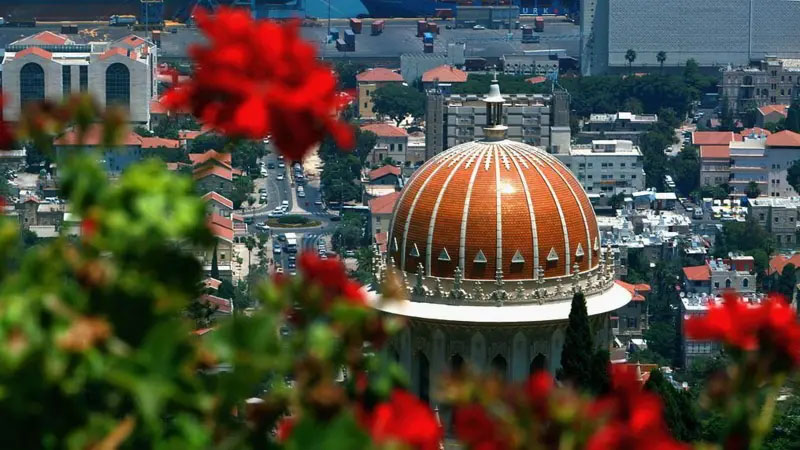In the southern part of Delhi stands a half-bloomed lotus — not a flower, but an architectural marvel. The only condition for entering its central hall is silence.
Years ago, under the soft autumn sun, Pakistani scholar Dr. Mushtaq Mangat visited the site and shared his impressions with the BBC. Spanning 26 acres, the temple rises more than 130 feet high on a marble platform surrounded by nine ponds, gardens, and pathways of red sandstone.
“It looks like a lotus in bloom,” he said. “Inside, silence is sacred — no talking, no sound. In the main hall, people sat quietly, as if in deep meditation.”
Away from the noise of the city, the stillness felt like a form of worship. There were no inscriptions on the walls, no images, only peace — a peace that made one look inward and, in the quiet of the heart, speak to God.
“I, too, sat there for a while,” Dr. Mangat recalled, “and felt the same calm take over me.”
The building that continues to enchant him, located in Bahapur village near the banks of the Yamuna River, is known as the Lotus Temple — a place where silence itself becomes a prayer.



